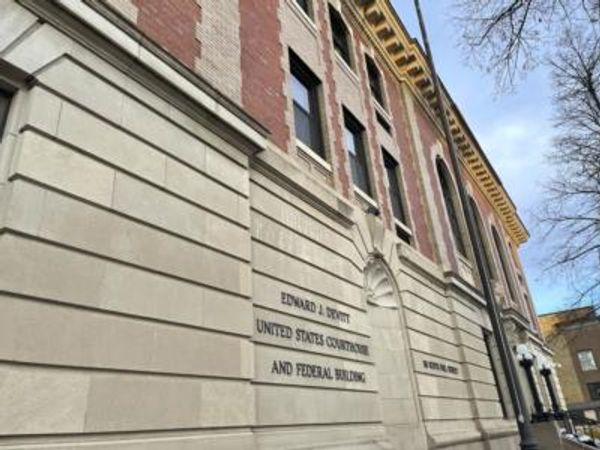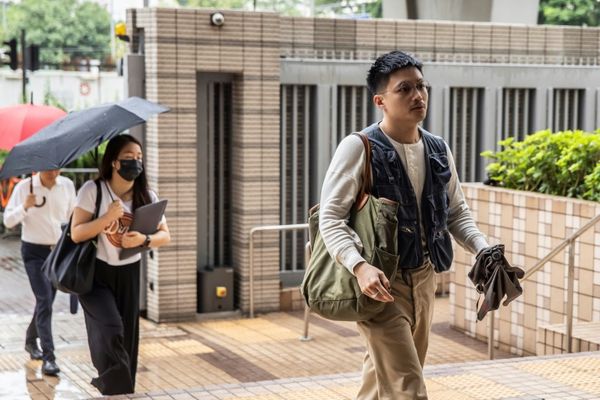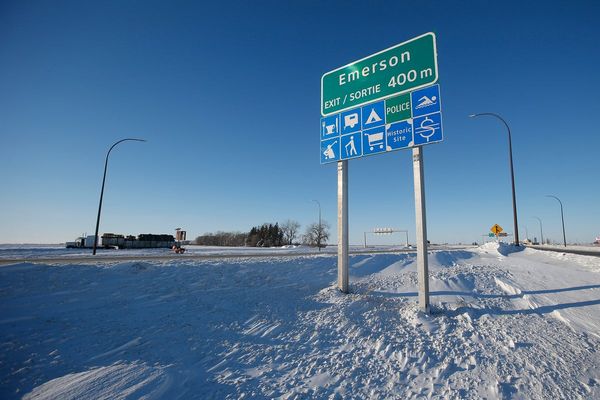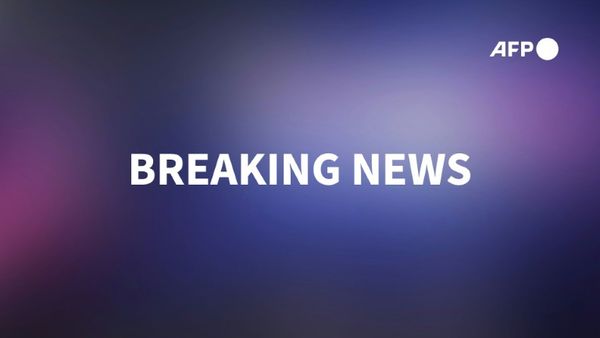LOS ANGELES — A controversial project that would move passengers in sky-high gondolas to Dodger Stadium is getting some substantial pushback from the city of Los Angeles and a prominent, anti-gang nonprofit, even as a new survey finds a majority of respondents support the project.
In a recent letter, Los Angeles City Administrative Officer Matthew Szabo said the city would not allow city-owned parcels slated for affordable housing to be used for building a 195-foot tower to hold up the cables and gondolas above Chinatown, as proposed by the gondola project developer.
It’s unclear if this means the project could not be built, or whether the tower could be put elsewhere. In the Draft Environmental Impact Report for the Los Angeles Aerial Rapid Transit project, a Plan B is discussed that involves extending the next-closest tower near Alameda Street 50 more feet in the air to handle more weight. But that may not be feasible, the document states.
In a Jan. 17, 2023, letter to the lead agency on the project, the Los Angeles County Metropolitan Transportation Authority, or LA Metro, Szabo wrote that the city will not give up the land because it has given an exclusive negotiating agreement to Friends of Homeboy, LLC, part of nearby Homeboy Industries, to build transitional housing and affordable housing with supportive services and a community center on the property.
The letter states the project, called Hope Village, was approved by the mayor and City Council in August 2019. The city expects to execute a development and disposition agreement no later than June 2023.
“Because of these facts, the City does not intend to divest itself of these parcels for any use besides providing affordable housing,” the letter concludes.
“Yes, this property is committed to affordable housing,” confirmed Yolanda Chavez, L.A.’s assistant city administrative officer, in an interview Thursday. Chavez added that the city was not consulted about the aerial gondola tram plan to try to acquire city land for a tower.
On the same date, Homeboy’s Chief Executive Officer Thomas Vozzo wrote in a letter that the gondola project’s Alpine Tower could prevent its affordable housing development from being built, erasing the nonprofit’s ability to carry out the county and city’s “care first, jails last” policy.
“Insofar as we can determine, the location of the gondola’s Alpine Tower would significantly impair our ability to deliver housing to our clients and respond to the ‘State of Emergency’ currently in place at the County and City levels in response to the homeless crisis,” Vozzo wrote.
Nathan Click, a spokesman for the Los Angeles Aerial Rapid Transit project, said in an emailed response: “Our team has looked closely at the proposed housing development, and the tower wouldn’t preclude that housing from being built on the site. We are confident we can work together on this.”
Meanwhile, a survey released on Feb. 14 found 72% of respondents said they would support a gondola between L.A. Union Station and Dodger Stadium “after a brief explanation of the project,” according to Sextant Strategies and Research. About of respondents 78% felt there was a need for additional ways to get to Dodger Stadium other than cars, the company said.
Between Dec. 6 and Dec. 10, the company surveyed 1,035 registered voters across Los Angeles County. The responses were collected by phone and internet poll in both English and Spanish.
The Los Angeles Aerial Rapid Transit project is being bankrolled, at least in the environmental review and early stages, by L.A. Dodgers’ former owner Frank McCourt, who owns 50% of the parking lots at Dodger Stadium including the land proposed for use as the gondola’s stadium stop.
Aerial Rapid Transit Technologies, a limited partnership that McCourt formed, is in the process of gifting the project to Climate Resolve, an L.A.-based nonprofit that in turn created Zero Emission Technologies, which will be the new nonprofit owner responsible for building, financing and operating the gondola project.
The gondolas would take 5,000 passengers per hour on a sky-high, Disneyland-esque, 1.2-mile ride that would last seven minutes, according to Aerial Rapid Transit Technologies. Spokesman Click claimed that its riders would account for 20% to 25% of people attending any Dodger Stadium event, a zero-emission transit project that would reduce traffic congestion, pollutants and greenhouse gas emissions that contribute to climate change.
The cost of construction is estimated to be about $300 million, Click said.
He said that learning nearly three-fourths of those surveyed 2 1/2 months ago were in favor makes sense because he believes Dodger fans want to ride an LA Metro rail line into Union Station, then hop on the gondola for the game, and again to return to Union Station — without a car. Vehicle emissions account for the majority of the region’s smog.
“Angelenos are hungry for a zero-emission transportation solution,” he said.
Jonathan Parfrey, executive director and founder of Climate Resolve and a former commissioner at the Los Angeles Department of Water and Power, sees the project as doing more than reducing traffic and air pollution.
“It is not only the 125,000 metric tons of CO2 equivalents that will be averted by having the gondola, it is the influence of it,” he said on Feb. 15. “As an iconic introduction to mass transit, it can change the hearts and minds of Angelenos.”
Too often, mass transit in the form of subways, light-rail and buses are promoted as a sacrifice, he said. You leave your car in the garage for a day or two and rough it.
Parfrey sees this project, which would be the first of its kind in Los Angeles, as a fun way to get somewhere. “Why can’t we make public transit more exciting?”
His group, which has been working on smog-reduction projects in L.A., disagrees with the Sierra Club, which says the project has too many drawbacks, negating any air pollution benefit.
In a letter to LA Metro, Barbara Heinsleigh, the Sierra Club Angeles Chapter’s Central Group chair, said the project’s proposed Chinatown/State Park Station would drastically alter views and damage the natural habitat of the 32-acre park. She wrote that 81 trees would be removed; 71 taken from the park and six from nearby.
“The proposed station and the 98-foot tower would detract from the park’s stunning views of the downtown skyline to the south and the San Gabriel and San Bernardino Mountains to the north,” she wrote.
Parfrey said he supports providing additional access to the state park. “We want people using our public spaces,” he said.
The California Endowment, located near the proposed gondola stations, sued, claiming Metro was acting illegally and the one-source, no-bid project should be put out for competitive bidding. But a Superior Court judge ruled in early January that the project falls under Metro’s parameters for new, innovative projects and therefore could proceed without competitive bidding.
Now, the California Endowment claims the Draft Environmental Impact Report is flawed because it doesn’t correctly examine an alternative, namely increasing the Dodger Express bus service to the games. The DEIR says increasing bus service would add to air pollution.
Doug Carstens, attorney for The California Endowment, said the DEIR failed to measure the alternative of using zero-emission electric buses. LA Metro has been committed to changing its compressed natural gas buses to zero-emission, battery-electric since 2017 and recently was awarded a federal grant of $104 million to buy 160 electric buses.
Carstens said Metro could take some of those 160 buses and use them in the evenings during Dodger home games. Several hundred protesters against the gondola at a January meeting also preferred more buses rather than a gondola above their homes.
By not properly examining alternatives, and not fully looking at the safety implications of eliminating a support tower or adding 50 feet to a tower to compensate, renders the DEIR inadequate, he said.
“They have enough information now to say this is not a project worth pursuing,” he said.
———







